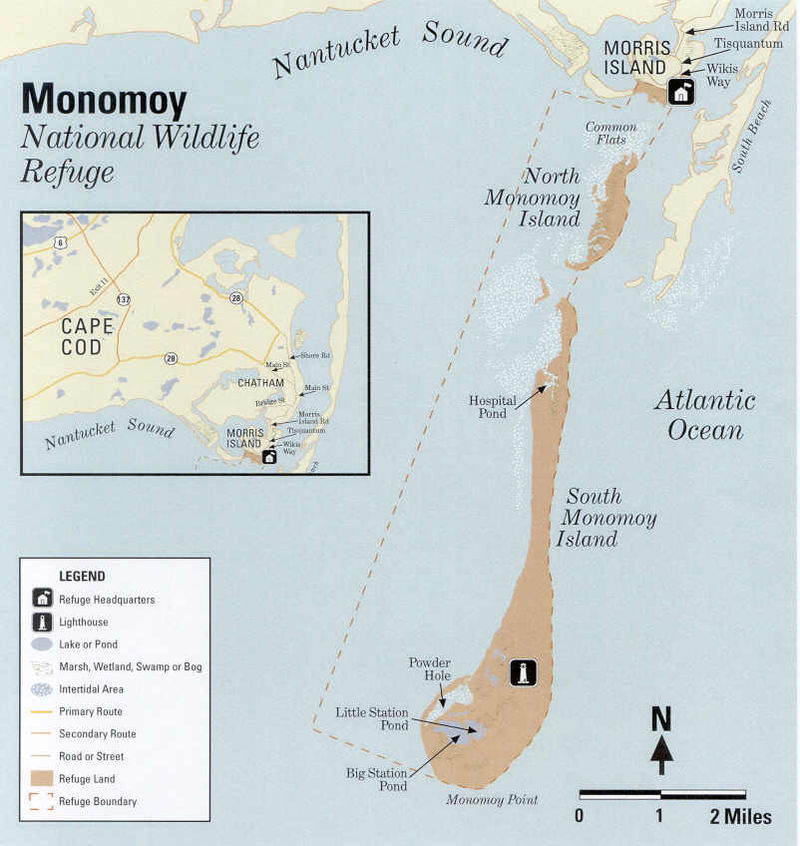 Every year, NorthWoods hires interns for service at National Fish and Wildlife Refuges around the northeast. These interns work closely with refuge staff in specialty fields, often performing direct bird and wildlife observation and conservation efforts in beautiful locations around our region. This month we are highlighting the Monomoy National Wildlife Refuge and intern Patrick Carr who wrote up a wonderful description of his field season on the Cape:
Every year, NorthWoods hires interns for service at National Fish and Wildlife Refuges around the northeast. These interns work closely with refuge staff in specialty fields, often performing direct bird and wildlife observation and conservation efforts in beautiful locations around our region. This month we are highlighting the Monomoy National Wildlife Refuge and intern Patrick Carr who wrote up a wonderful description of his field season on the Cape:
A male and female Northeastern beach tiger beetle help to secure the future of their species on South Monomoy Island. (Photo by Morgan Bennett)
Throughout the breeding season, we would stay out on South Monomoy Island, living in the Monomoy Lighthouse for five or more days. While on the island we would walk around conducting nesting bird surveys for piping plover and American oystercatcher. Once a nest was spotted we would record its location and track the nesting success. This season we monitored 41 piping plover nests and 18 American oystercatcher nests across the three islands. Unfortunately, productivity was low this year due to overwash events and predation.

Above left: An adult piping plover shelters their chicks from the elements on South Monomoy Island. (Photo by Morgan Bennett)
South Monomoy Island offered a variety of unique wildlife experiences this year. South Monomoy boasts one of the largest seal haul-out populations, numbering between 30 and 50,000 gray and harbor seals. During one of our early visits to the island, we crossed over from the west to the east side via a trail in the center of the island. At the crest of the trail, we could see groups of seals lining the entire eastern side of the island. We estimated there were at least 4,000 seals hauled out on the island. Aside from seals we also saw a variety of interesting birds. These included black skimmer, black tern, Wilson’s phalarope, great shearwater, thick-billed murre, and razorbill. Unfortunately, we had to capture the razorbill and send it to a wildlife rehabilitator on the Cape. Thankfully the rehabilitator said the bird would make a full recovery.

A great shearwater seeks shelter along North Monomoy Island after stormy conditions at sea.
(Photo by Morgan Bennett)

A black skimmer roosts at Powder Hole, South Monomoy Island.
(Photo by Morgan Bennett)

